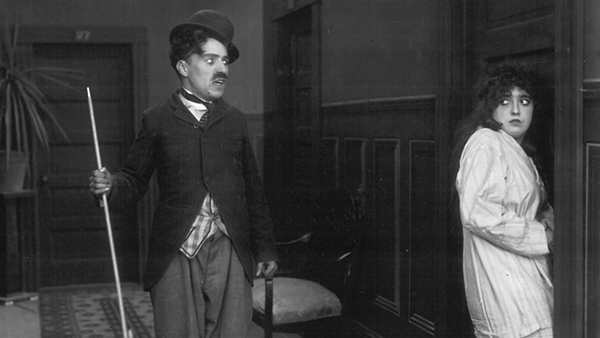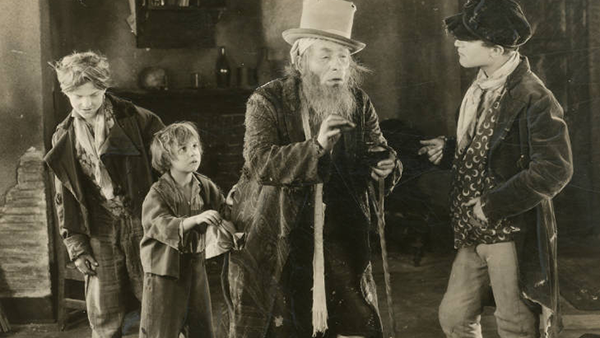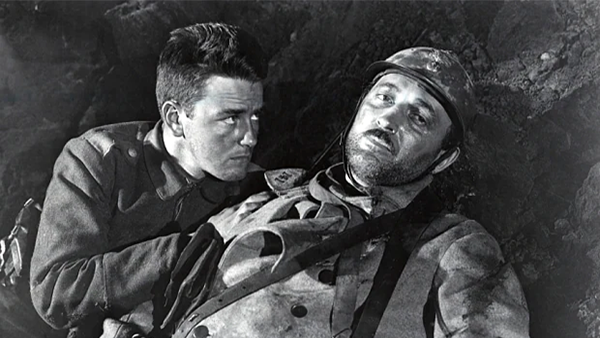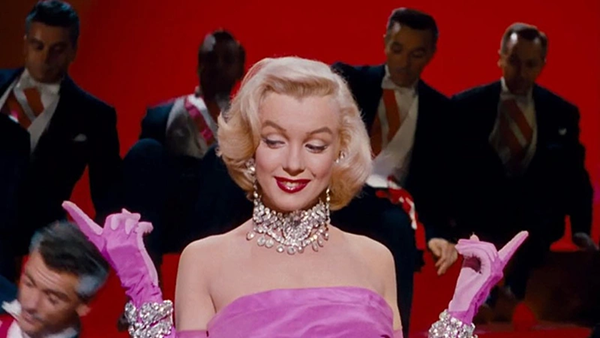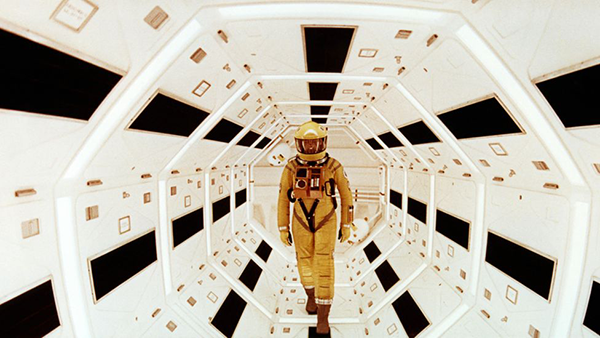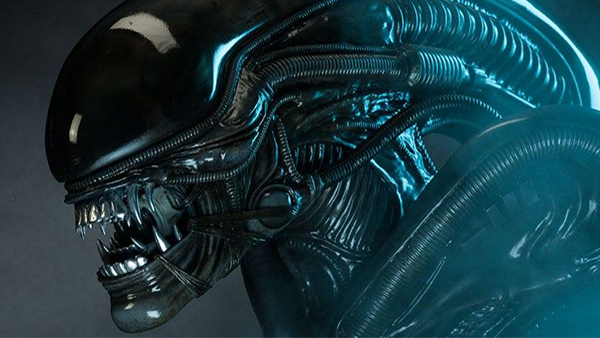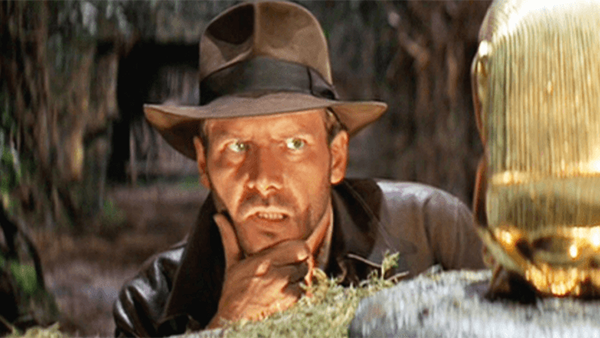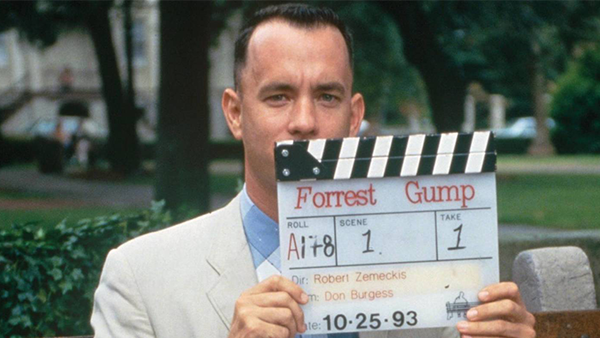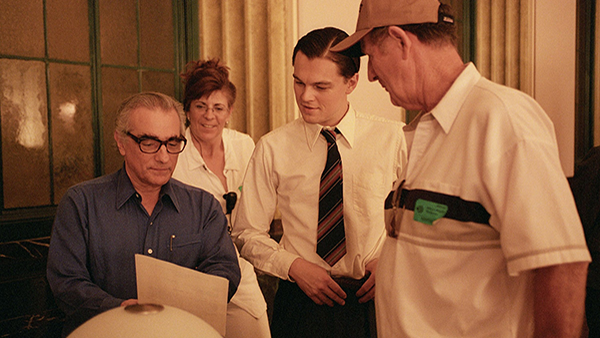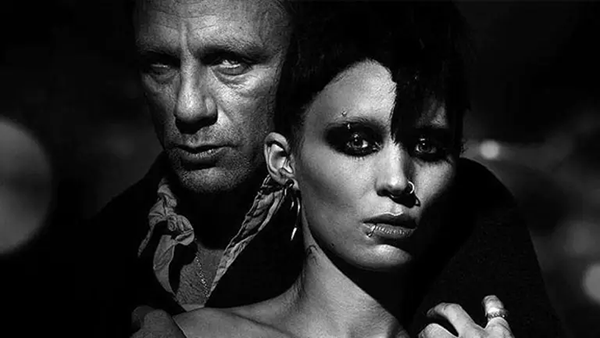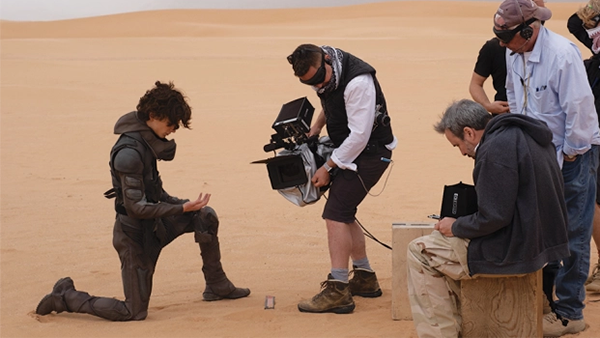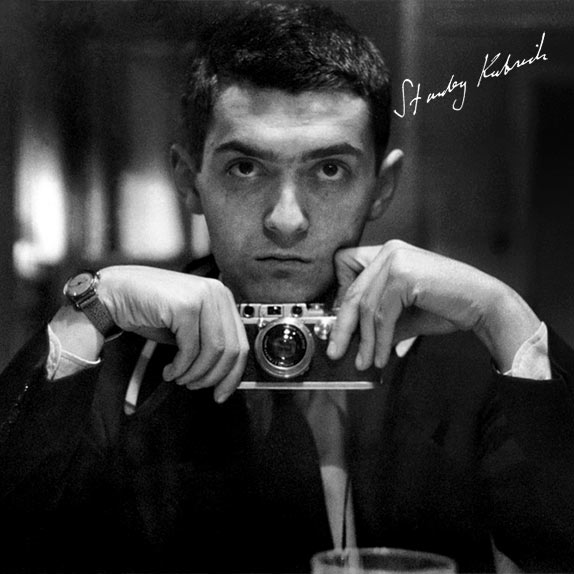The 1910s marked the heyday of silent cinema, which is associated with the name of the legendary Charlie Chaplin. Among the films that reflect that era, it’s worth highlighting “Mabel’s Strange Predicament” (Mabel Normand), “All Night Long,” and “The Tramp” (Charlie Chaplin).
Military themes are present in films such as “The Battle” (David Griffith), adaptations of novels are popular (Frank Lloyd’s “Les Misérables”), as are historical films (Gordon Edwards’ “Cleopatra”), and films reflecting contemporary issues of the time (“The Invisible Enemy” by David Griffith).







